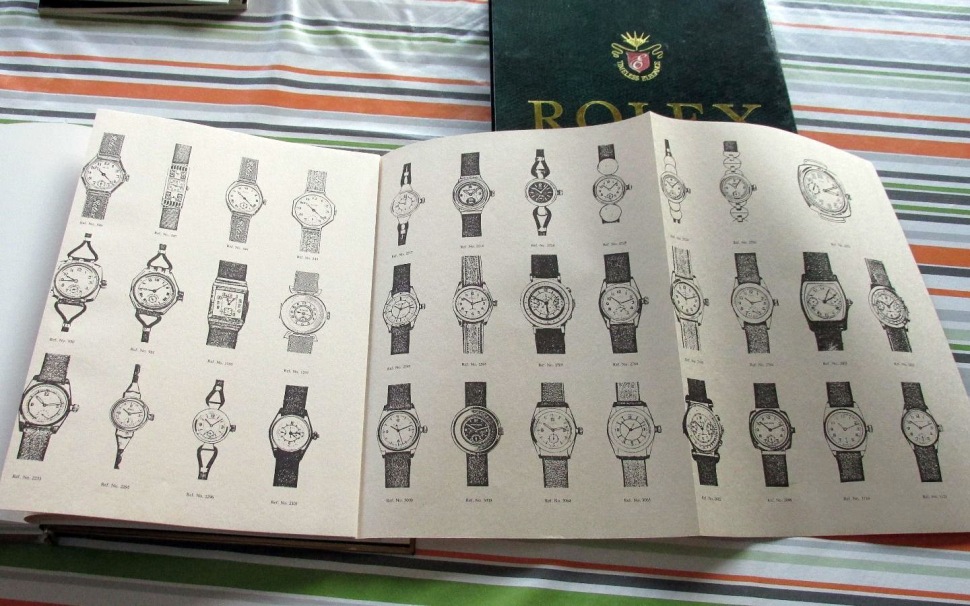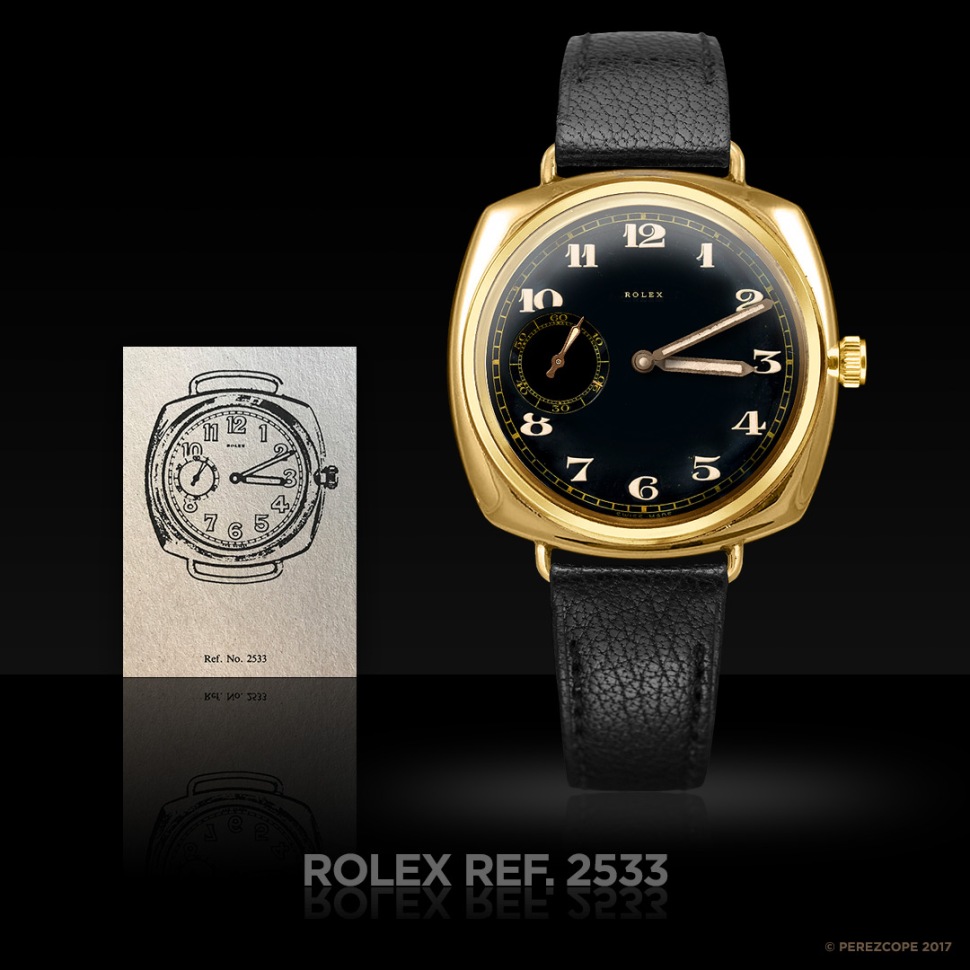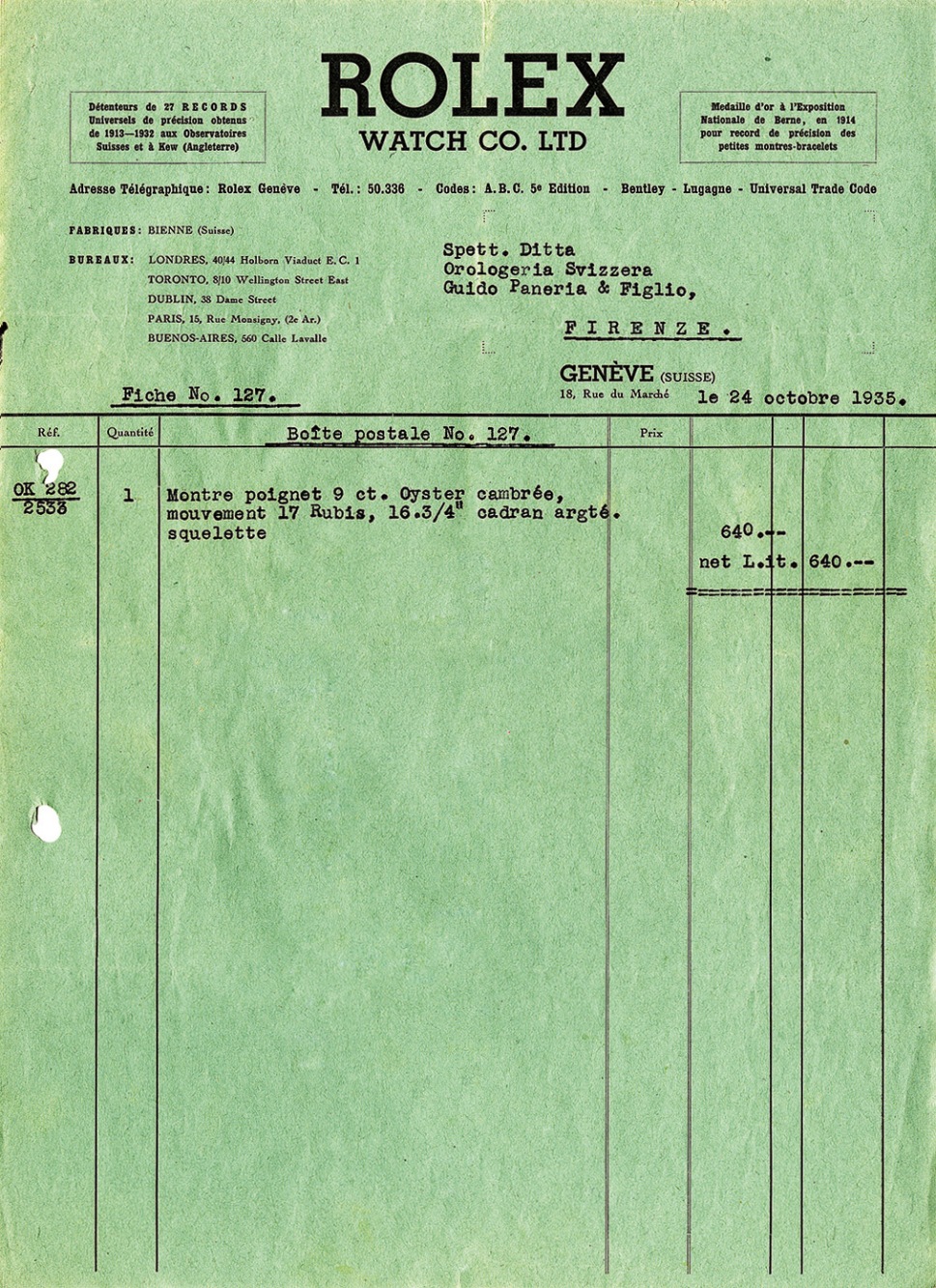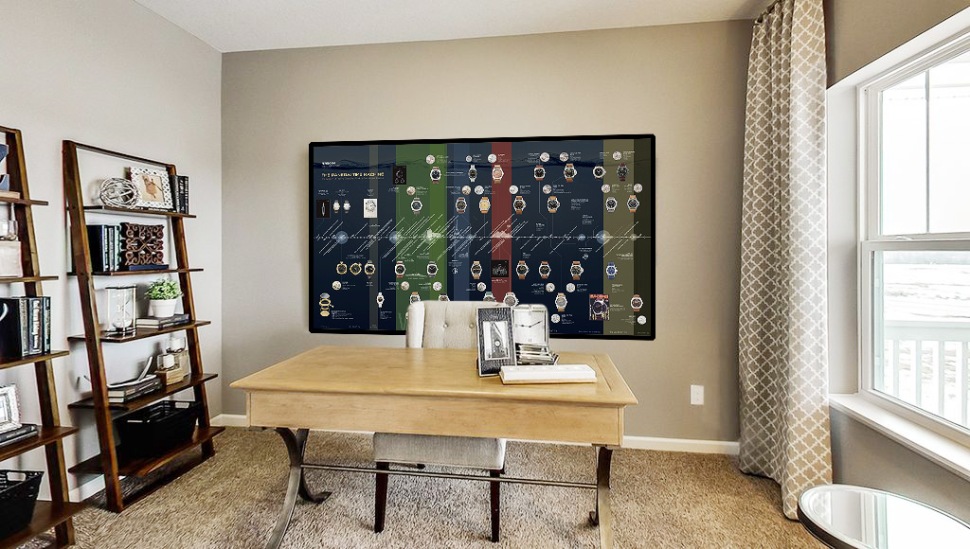October 1935. Elio Toschi and Teseo Tesei, two Italian engineers, together with thirty personnel of the submarine workshop of the Regia Marina (Royal Italian Navy), had just completed the first prototype of the SLC, or Siluro a lenta corsa (Slow running torpedo). This new weapon was a manned torpedo, which could sail both, on and under water. Its purpose was to sneak into enemy harbours and deliver a 225 kg TNT warhead that could a blow a battleship’s hull to pieces. Everybody was excited to see how the SLC would perform in upcoming tests.

.
A few days later, the director of G. Panerai e Figlio in Florence, Giuseppe Panerai, received a phone call from the Royal Italian Navy. The Panerai company had been a competent and reliable supplier of special navy equipment for some years now. The officer on the phone asked for a meeting.
The officer arrived on time at the Villino Panerai in Florence, as could be expected from a member of the Royal Italian Navy. Giuseppe Panerai was in love with the Royal Italian Navy. He admired the lifestyle of the officers and their honesty. As a kid he had always been impressed whenever officers of the navy visited his father. Giuseppe listened carefully to what the man in uniform had to say. When he was asked to develop a water resistant compass and a watch for operators of an underwater vehicle, he understood immediately, the navy had developed something completely groundbreaking.
During those times, the fascist government pushed for autarchy and independence from foreign resources. The motto was “Italy first”. However, Panerai was not a watch manufacturer. Giuseppe Panerai recalled seeing an unusual Oyster watch with Radium treatment in the latest Rolex catalogue that could probably fit the navy’s high demands. Later that day he placed an order with Rolex.

.
The watch arrived in November 1935 and was enormous. The oversized gold case was shaped like a cushion and had a diameter of 47mm. The regular size for a wrist watch was around 30mm in those days. This watch was basically an Oyster pocket watch that morphed into a spectacular wrist watch. All hands, including the small seconds hand at 9, were skeletonized in order to take high amounts of Radium self-luminous paint. The numerals on the dial were big and had been painted with Radium as well. Actually the perfect watch for the operators of the Italian Navy, Giuseppe thought.

.
Ironically, the first diving tool watch looked more like a dress watch. However, Ref. 2533 was intensively tested by the Royal Italian Navy and finally fully approved for further tests and missions. The ball got rolling and the rest is history…
The following Rolex invoice was found in Giuseppe Panerai’s office in Florence. It states that a Rolex Ref. 2533 with a 9ct gold case and a 16 3/4 Ligne movement with 17 jewels (probably a Montilier 663) was sent to Florence on October 24, 1935.

.
Panerai is pure history! To visualize the amazing evolution of “Panerai” watches, I created a comprehensive, contextual and highly visual timeline that displays every relevant watch and the events that had an effect on its production, looks and use.
This timeline allows you to time travel to the origins of water and dust proof wrist watches back in the mid 1920s and witness how an exclusive Oyster pocket watch morphed into what would become the most mysterious Rolex wrist watch ever made, the oversized (47mm) Rolex Ref. 2533. Until today, this watch only existed as a bad photograph that was published in a 1935 Rolex catalogue. Not a single example has surfaced so far. Rumours have it that only two pieces were ever produced and that one of these watches has been forgotten, somewhere in the archives of a very secretive company.
Please click on the following image to zoom in.
.
This timeline is also available as a high quality print with a size of 150cm x 85cm (59 x 33 inch). There are two versions:
Regular: EUR 120 (plus shipping)
Limited: 50 pieces, numbered and signed by Maria Abetti Panerai, the widow of Giuseppe Panerai in her Villino Panerai (Panerai Villa) in Florence: Sold out
If you are interested send an email to: jose()perezcope()com

.
The Panerai Time Machine on the wall.

Read more: Journey to Florence
More Perezcope graphics: Timelines
I would like to thank: Maria Teresa Abetti Panerai, Jake Ehrlich, John Goldberger, Mario Paci, Loris Pasetto, Luciano Cipullo, and James Dowling for their valuable contributions.
.



Hi Jose
Could you please make your “timeline” available for printing in standard A4 European size??
Thanks in advance
Best regards
MBH
LikeLike
I want one. Piedpeewee🙈
LikeLiked by 1 person
Dear Jose, always read your articles with great interest. This one is especially interesting, just as a driver I think, you should also spend a paragraph or two on the purpose of that dive instrument and use on them on a SLC mission.
LikeLiked by 1 person
Great work Jose!
LikeLiked by 1 person
My compliments for the accurate timeline. A must for all of us
LikeLiked by 1 person
Fantastic work and timeline.
LikeLiked by 1 person
Ne voglio uno pure io! … anzi due.
LikeLiked by 1 person
Ciao Gianluca, come va? Ora ti mando un email al tuo indirizzo.
LikeLike
Hi,
Where can you get a reproduction copy of the 1935 catalogue?
LikeLike
Hi Paul, you can find it in George Gordon’s book “Rolex”.
LikeLike
Hello, I recently discovered your sight and the articles are very well written and informative. I always was confused by the timelines presented in current Panerai marketing, as I’ve done some research but nothing compared to you! I was wondering if it is still possible to get prints of the Panerai Timeline.
LikeLike
site, lol
LikeLike